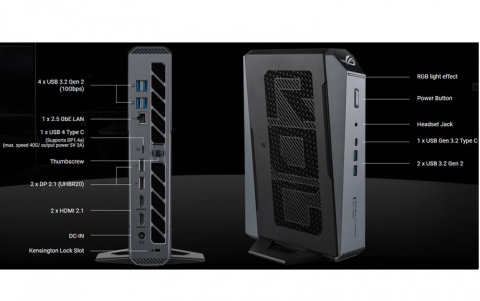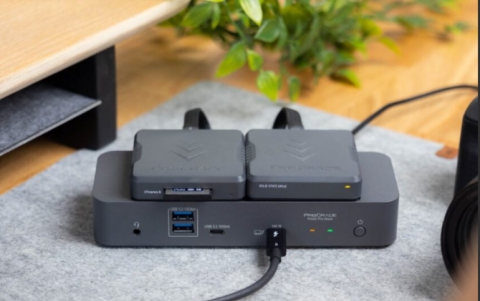
HP Develops Glasses-free 3-D For Mobiles devices
Researchers at HP have developed a way to put glasses-free 3-D video on mobile devices with a viewing angle so wide that viewers can see an object more fully just by tilting the screen.
In research released today in Nature Magazine, researchers at HP Labs introduced a multi-directional diffractive backlight technology allowing the rendering of high resolution, full parallax 3D images in a zone up to 180° and up to one meter away.
 Until now, existing commercial 3D solutions have been geared toward large viewing distances and narrow viewing zones, as opposed to the short-range viewing of mobile devices. A mobile screen requires high pixel densities due to the short viewing distance, and a wide view angle in order to accommodate large head movements or tilts. Given consumers? increased reliance on mobile devices for content consumption, HP's researchers had targeted mobile applications from the very beginning, looking to develop a mobile 3D display technology that is power efficient and offers a good image quality at a close distance.
Until now, existing commercial 3D solutions have been geared toward large viewing distances and narrow viewing zones, as opposed to the short-range viewing of mobile devices. A mobile screen requires high pixel densities due to the short viewing distance, and a wide view angle in order to accommodate large head movements or tilts. Given consumers? increased reliance on mobile devices for content consumption, HP's researchers had targeted mobile applications from the very beginning, looking to develop a mobile 3D display technology that is power efficient and offers a good image quality at a close distance.
The display technology forms 3D images by projecting different 2D images into different regions of space. A viewer located near the display will see a different image from his right and left eye, resulting in a 3D effect without the need for special glasses or eye tracking. As the viewer moves around (or tilts) the display, he or she will perceive a succession of different image stereo pairs, creating the illusion of continuous motion parallax.
The key to the design is a LED-based guided-wave illumination technique that produces wide-angle multi-view images in color from a thin planar transparent lightguide. Pixels associated with different views or colors are spatially multiplexed and can be independently addressed and modulated at video rate using an external shutter plane.
Beyond the obvious realms of gaming and entertainment for users, the researchers see a number of important enterprise applications, including 3D maps, medical telepresence, interactive models for construction, design and architecture industries, among many others.
 Until now, existing commercial 3D solutions have been geared toward large viewing distances and narrow viewing zones, as opposed to the short-range viewing of mobile devices. A mobile screen requires high pixel densities due to the short viewing distance, and a wide view angle in order to accommodate large head movements or tilts. Given consumers? increased reliance on mobile devices for content consumption, HP's researchers had targeted mobile applications from the very beginning, looking to develop a mobile 3D display technology that is power efficient and offers a good image quality at a close distance.
Until now, existing commercial 3D solutions have been geared toward large viewing distances and narrow viewing zones, as opposed to the short-range viewing of mobile devices. A mobile screen requires high pixel densities due to the short viewing distance, and a wide view angle in order to accommodate large head movements or tilts. Given consumers? increased reliance on mobile devices for content consumption, HP's researchers had targeted mobile applications from the very beginning, looking to develop a mobile 3D display technology that is power efficient and offers a good image quality at a close distance.
The display technology forms 3D images by projecting different 2D images into different regions of space. A viewer located near the display will see a different image from his right and left eye, resulting in a 3D effect without the need for special glasses or eye tracking. As the viewer moves around (or tilts) the display, he or she will perceive a succession of different image stereo pairs, creating the illusion of continuous motion parallax.
The key to the design is a LED-based guided-wave illumination technique that produces wide-angle multi-view images in color from a thin planar transparent lightguide. Pixels associated with different views or colors are spatially multiplexed and can be independently addressed and modulated at video rate using an external shutter plane.
Beyond the obvious realms of gaming and entertainment for users, the researchers see a number of important enterprise applications, including 3D maps, medical telepresence, interactive models for construction, design and architecture industries, among many others.





















